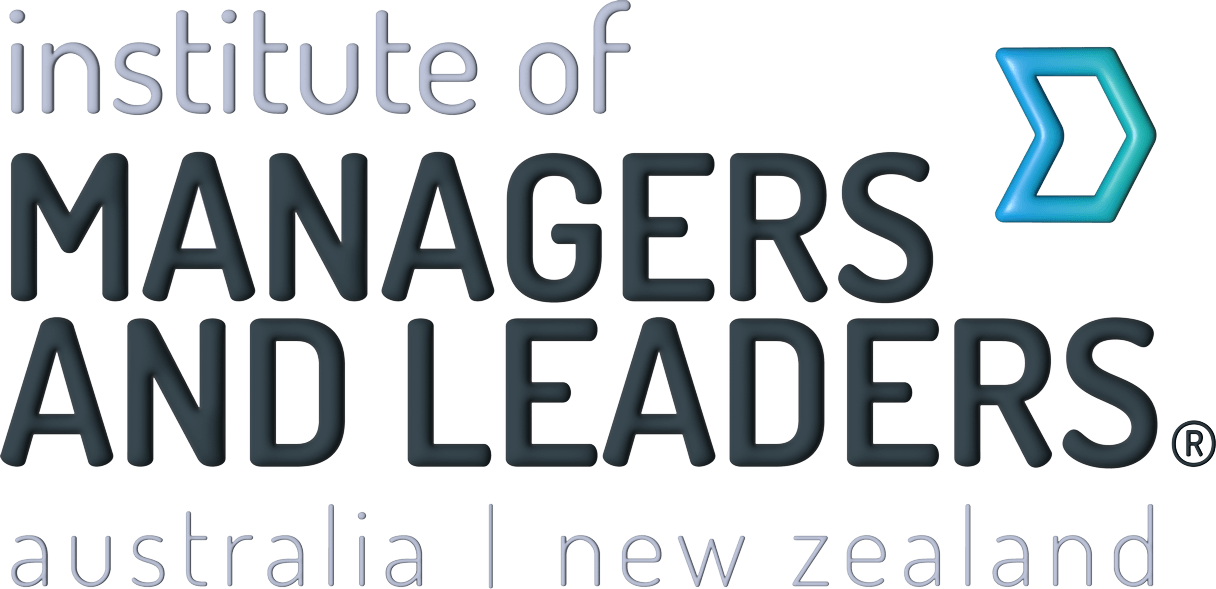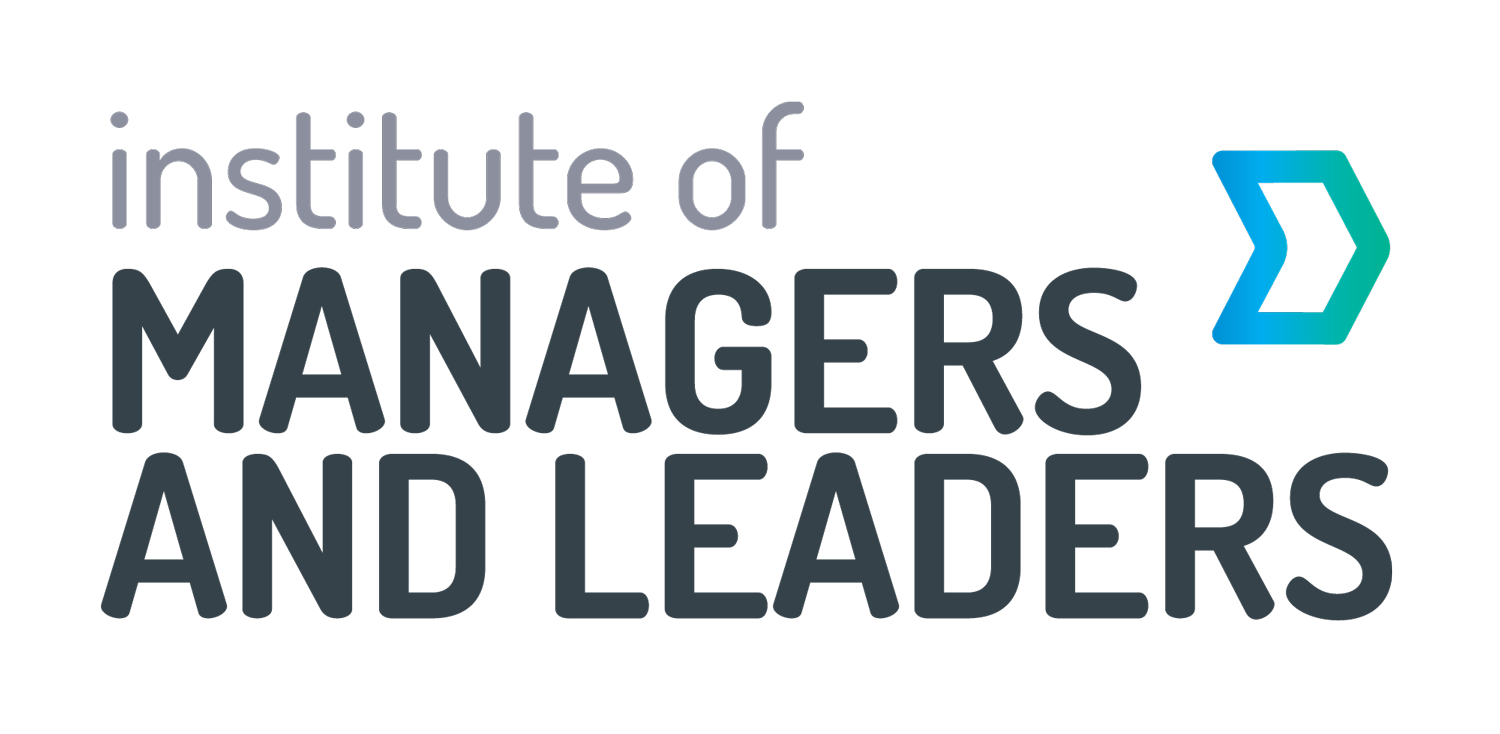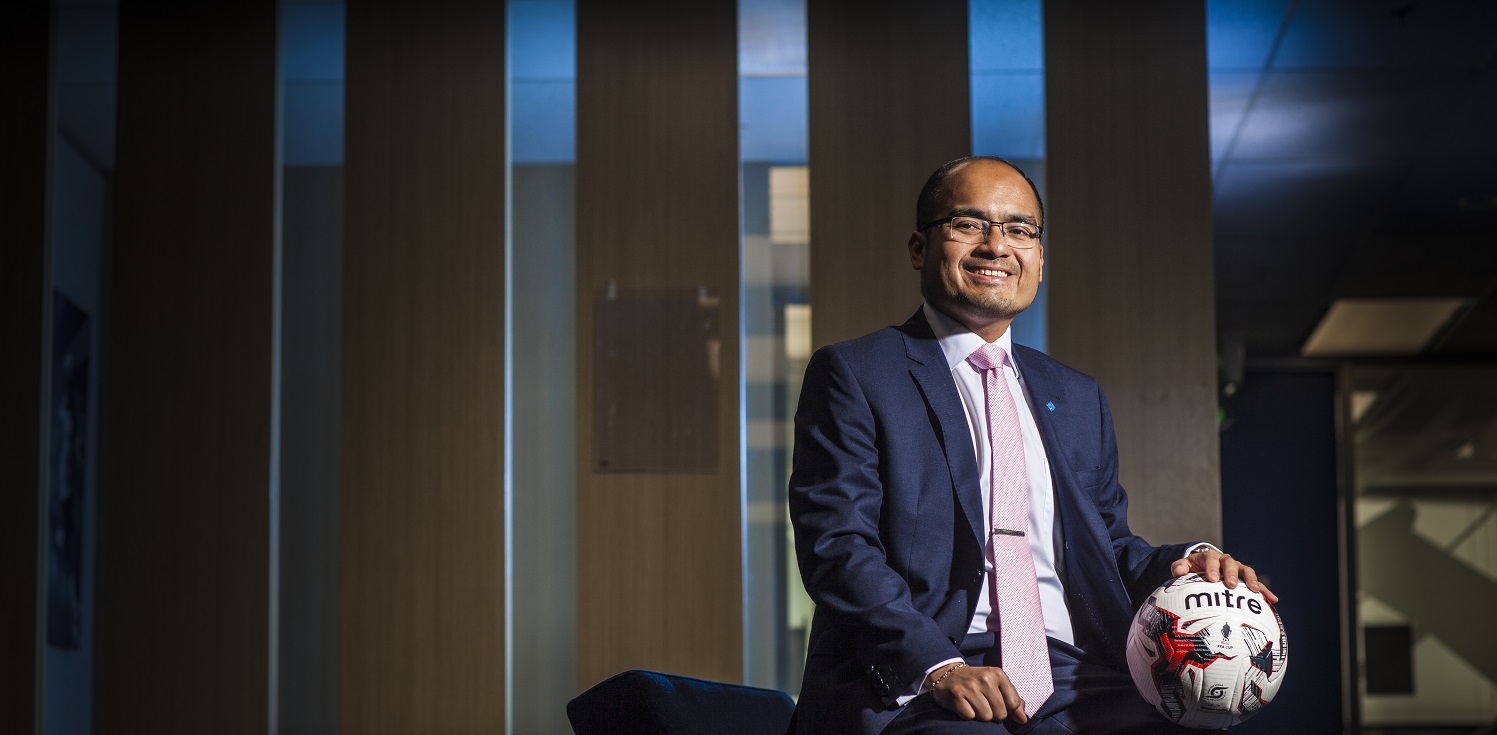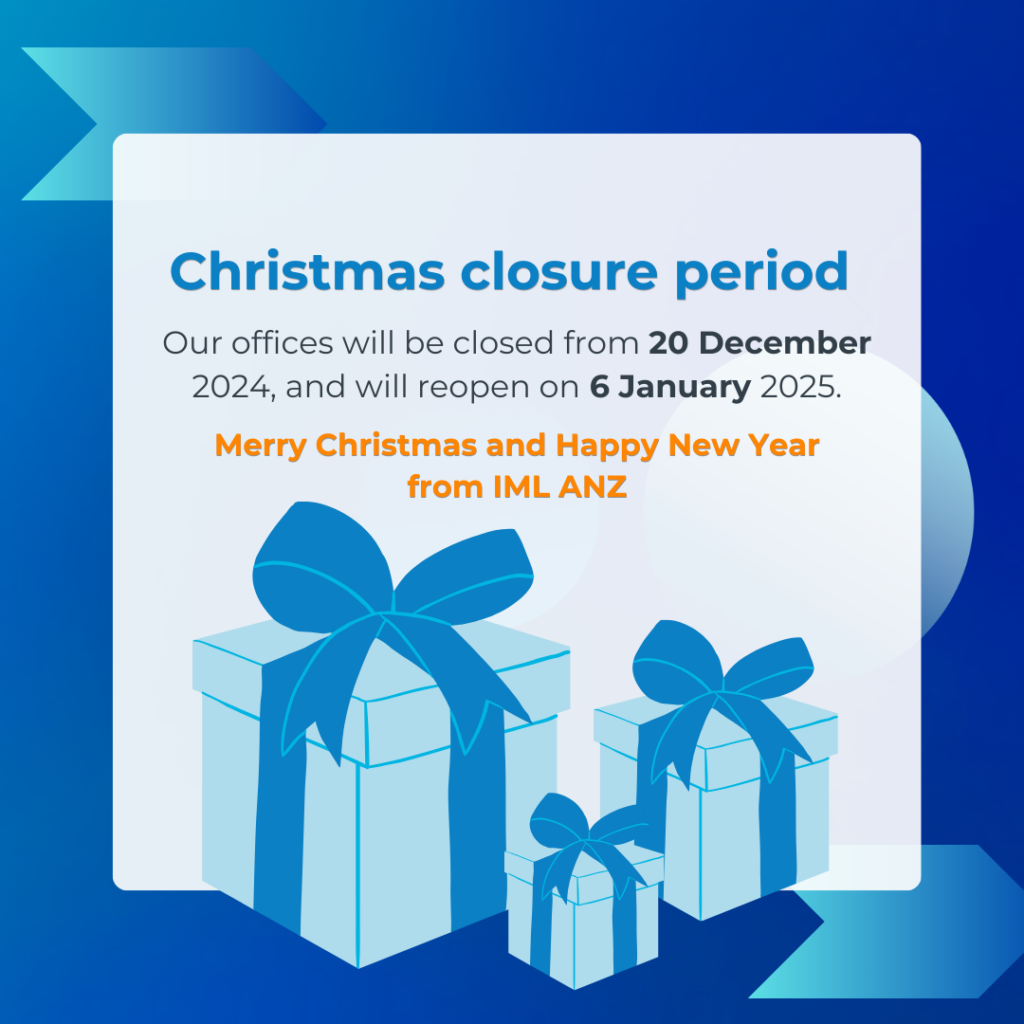Ok, it’s confession time. My CV is not 100% accurate. Actually, that’s not 100% accurate. I’ll re-phrase it and tell it how it is; I tell a big fat lie on my CV.
I guess that now I’ve gone public with this uncomfortable fact, I’m going to need to fish out my CV and ‘make it good’. Were I ever to apply for a new position it’s pretty likely that I’ll be ‘googled’ and this article will probably pop up. Given that fact, I’m probably best to correct my omission and admit to my … my … my what?
My anxiety disorder.
My anxiety disorder that stemmed from doing a job that I absolutely hated, in a workplace environment I found incredibly stressful and toxic.
I ‘survived’ in the role for just 4 months. And then I called and said I wasn’t coming back. Ever. And I didn’t. I never went back. Not even to complete the dreaded ‘clear your desk’ routine. I simply stayed home one morning and decided to pretend the job had never existed. And I deleted it completely from my CV. It was easier that way. It meant that I didn’t need to explain that I’d taken a job and quit after 4 months. That I was a quitter. Or worse than that; that I was a quitter who called one morning and said I wouldn’t be coming into work. Ever again.
The morning that I called to say I was never coming back will live in my memory for years to come. That’s because it was totally different from the previous four months of Monday mornings to Friday mornings. On each of those mornings, I had travelled from home to Wynyard Station in Sydney by train. I had then sat on a bench on the platform of Wynyard Station for anything from 30minutes to 2hours (yes, on more than one occasion I sat for two whole hours!) trying to muster the courage to walk into the office. Every single one of those minutes sitting on that bench on the platform was nothing less than personally excruciating. Each minute was spent trying to pluck up the courage to stand up and go into work. On a few occasions I didn’t. I simply walked over to the opposite platform, boarded a train heading back the way I came, and went home.
Even when I did make it into the office (via the longest possible route from Wynyard Station to Castlereagh Street), I headed straight for the bloke’s toilets. Once in the toilet, I invariably needed to remove my shirt. And wait. And wait. And wait.
This waiting game was due to the fact that I’d developed a very weird ‘sweating issue’. And when I say sweating, I don’t mean normal ‘Sydney style sweating’. I mean sweating that resembles swimming. In a swimming pool. Fully clothed. My time in the toilet of the toxic workplace was spent wafting my shirt in a vain attempt to dry it out, and mopping my torso with a towel. A towel that I had been forced to carry with me when the weird sweating thing had started about two weeks into the job.
Needless to say, I was diagnosed with an anxiety disorder. Looking back now, I guess I’m pretty lucky. I did pluck up the courage to seek help and that help really helped. The psychologist suggested that quitting the job might be the best course of action.
And yet, the odd thing is that I continue to lie on my CV. I continue to pretend that ‘it’ didn’t happen. And I know exactly why this is. It’s because I’m ashamed. I’m ashamed to say that I couldn’t cope. That I was weak. That ‘it’ (a toxic workplace) got to me. That I quit.
In the cold light of day, if I were to describe the workplace (that description is for a different blog on another day!) it would be crystal clear to everyone that the workplace was a complete disaster. It was totally toxic. From top to bottom. And yet, I remain embarrassed. Embarrassed that I couldn’t cope. That ‘it’ got to me. That I didn’t man up and push through. That I regularly sat frozen on that bench on the platform at Wynyard Station – sometimes for up to two hours. That I sometimes just went home. That I stood in the toilet mopping the sweat from my body with a towel I carried solely for that purpose.
That I wasn’t mentally strong enough to cope with a workplace that wasn’t mentally healthy.
And I’m still not. I continue to lie on my CV.
And I’m certainly not alone or unique in this. Research by beyondblue has found that up to 1 in 5 employees is working with a mental health issue. They also found that whilst 91% of staff thought that mental health in the workplace was a crucial issue, only 52% felt that their workplace was mentally healthy. In the UK, stress, depression and anxiety is the single biggest cause of absence from work – accounting for almost 13million days off work every year.
Here in Australia, all States have WH&S legislation that require employers to provide and maintain a working environment that is safe and without risks to health, including psychological health. The onus is firmly on employers to provide a workplace that is mentally (and physically!) healthy, and to monitor the mental health of their employees.
Creating a mentally healthy workplace is a key leadership issue. As leaders we must ensure that our workplace operates in a way that protects workers from harm to their psychological health. Doing nothing is no longer an option. It’s time for the stigma surrounding mental health to end. It’s time for change. Maybe it’s time for me to change my CV.
In February and March 2018, the Institute of Managers and Leaders, in conjunction with beyondblue, will deliver a workplace mental health series in 18 different locations around Australia. The series – called Leadership Outlook will focus on equipping helping businesses with the practical strategies and resources to create mentally heathy workplaces. Click here to register for your nearest event.

By David Pich FIML, Chief Executive
Institute of Managers and Leaders


















